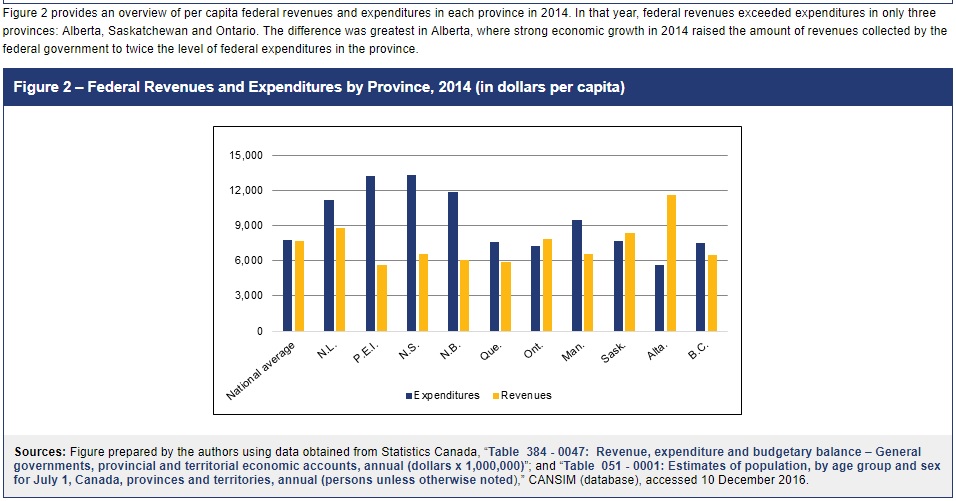When a politician wants Albertans to light their hair on fire it is easily accomplished with two little words: “equalization payments”. It’s almost as if some politicians want us to keep our minds on Ottawa and forget about what’s going on here at home. Brian Jean, former leader of the Wildrose and Jason Kenney, current leader of the UCP, are presently blowing the dog whistle but we’ve heard it all before.
One of Harper’s 2004 campaign promises was to return the equalization formula to a ten-province standard rather than the current five-province, middle-income standard (it was current in 2003 and remains so to this day). The issue, generally, is that most people don’t understand what equalization is and how it works. That allows certain politicians to use that to their advantage.
An excellent paper from 2004 compared the five-province standard to a ten-province standard and showed that equalization payments would increase if Alberta was part of the equation. To put that into free-market terms, if employee wages were based on average wages paid at company X, you don’t want the CEO’s wage included; you only want to use the mid-range wages. Alberta is the CEO.
 |
| Distribution of federal expenditures, 2014 |
So Harper walked back that campaign promise and in 2006, Klein threatened to “not participate” in equalization. For all of their bluster, though, provincial politicians have zero pull when it comes to the formula (unless they’re sitting MPs in the federal government, as both Jason Kenney and Brian Jean were in 2006, 2009 and 2013). The reason neither provincial politicians hoping to form government nor politicians who actually run government have any say is because the province does not write a check to Ottawa.
This cannot be said any simpler: our federal taxes are used to pay equalization; yours, mine, residents of Quebec, Ontario, and even Atlantic Canada.
As Prime Minister Trudeau, in his less than elegant way, said while in Calgary yesterday, the federal government has been there for Alberta. Calgary will receive $1.5 billion in federal funding for the Green Line. The federal government also increased unemployment benefits for Albertans during the recent recession and coughed up almost a billion in 2016 to help with costs related to the Fort McMurray fire. So even though Alberta didn’t receive “equalization payments”, the province, and many people in Alberta, received, and will continue to receive, federal funding when needed.
Equalization exists right in our home province as well. Revenue from provincial and property taxes build new schools in cities and small towns around the province. Hospitals are upgraded, roads are improved and funding from the provincial government is granted to help build new recreation centres or fund programs in rural areas that don’t have the tax base to support massive infrastructure. Sure, Calgarians might feel their taxes should fund upgrades to Strathmore’s hospital or the long-term care centre in Olds rather than their Cancer centre; but probably not.
The point is, there’s a reason equalization exists; to help your rural Albertan neighbours and your fellow Canadians have access to services they need. Equalization is paid out of your taxes and the government’s role is to allocate funds to ensure all Canadians, and Albertans, have a reasonably similar standard of living; and that costs money.
So, please, Alberta, stop lighting your hair on fire over equalization. You live in one of the wealthiest provinces with some of the strongest programs and services in the country, make the highest average wages, and pay the least taxes. Equalization isn’t the reason Alberta is in debt; it’s because almost 80% of Albertans don’t want to see cuts to programs and services but neither are they willing to pay for them.
Categories: General
